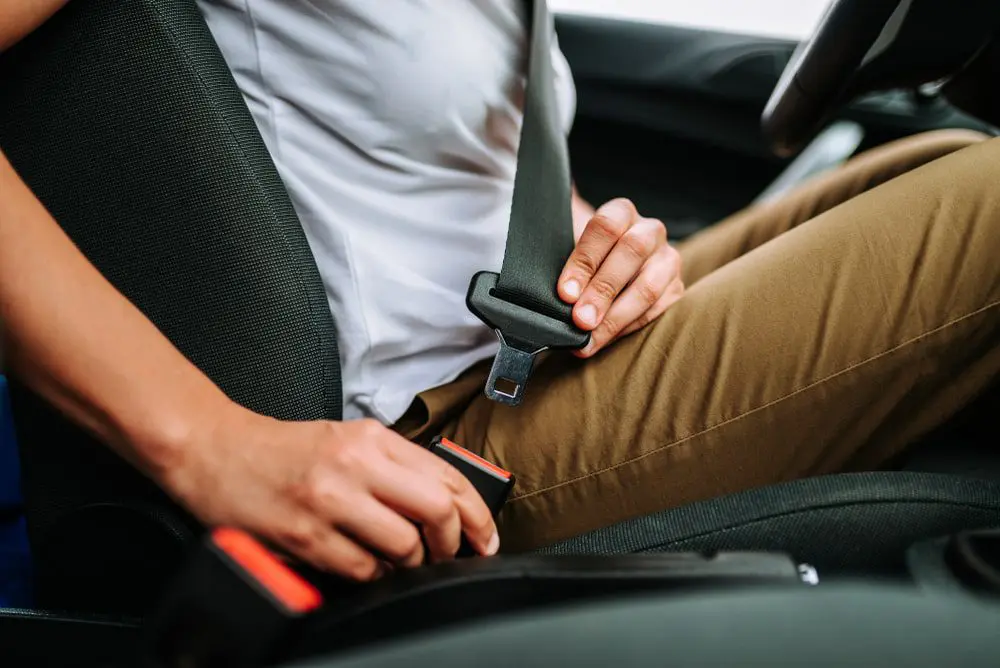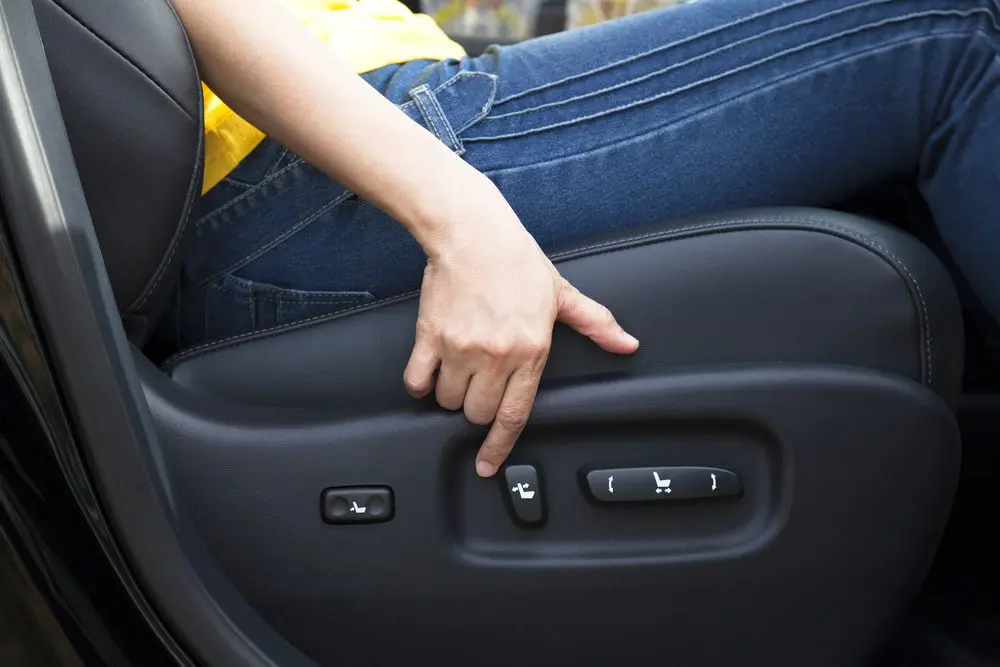Before you head out onto the road, your car seat must be set up properly. Each driver requires a different position, height and angle to allow them a safe and comfortable driving experience.
At Bill Plant Driving School, we help thousands of drivers to learn to drive every year. Everybody starts by learning the basics. So in this series, we’re covering everything your driving instructor will teach you in your first few driving lessons.
Setting up the car seat is part of the cockpit drill, and your driving instructor will teach you how to do this during one of your first driving lessons. Whether you’re awaiting driving lessons or just want to brush up on your knowledge, this guide will tell you everything you need to know about setting up your car seat.

What’s the optimal position for your car seat?
Finding a seating position that is both comfortable and safe for you as a driver is crucial to optimum control of the vehicle. This position won’t be suitable for everyone, so find one that works best for you, allowing for the best visibility in your blind spots and the most comfort to reduce the risk of pain or injury.
- Height – The seat height mostly depends on the height of the driver, but also personal preference. If your seat is too high, then your head may brush the roof, whilst if the seat is too low, then you may not be able to see over the steering wheel. You want to adjust your seat to allow for a clear view of the road ahead. Shorter drivers may need to find a suitable cushion to provide elevation. Make sure your seat height gives you a good view of the road ahead, as well as the rear window through the rear view mirror.
- Position – This is the forward/backwards position. Adjust the car seat to a position where you can push the accelerator (or clutch if driving a manual car) all the way down without moving forward in your seat, with your knees slightly bent. You want to make sure your knees don’t touch the steering wheel and that you can reach the steering wheel comfortably. Take a look at our guide on how to set up your steering wheel for more guidance.
- Angle – You may also need to adjust the angle of your seat to allow for maximum comfort. If it’s angled too far back, you may not be able to reach the steering wheel properly or receive proper support for your back and shoulders, even when your legs are positioned correctly.
- Headrest – It’s pivotal that your headrest is in the correct position to protect you from whiplash or serious injury in the event of an accident. You want to position the headrest so that the very top sits in line with the top of your head.
- Seatbelt – You may want to adjust the height of your seat belt so that it rests against you in a comfortable and safe position.
How to adjust your car seat

Depending on your vehicle, car seats can be controlled using manual, electric, or mixed controls.
- Manual controls – Cars with manual controls usually have a bar, levers or knobs which will allow you to adjust your car seat height, angle and position.
- Electric controls – If your car has electric controls, there will be a series of buttons on the side of the seat that will allow you to make adjustments.
- Mixed controls – Your car may have a combination of electric and manual controls. This is typically a bar underneath the car seat that will allow the driver to move forwards and backwards and a series of buttons at the side of the seat to adjust the angle and height.
Step by step guide
- Height – To adjust the height, you will usually find a lever at the side of your seat or a button if you have electric controls.
- Position – This is usually controlled by a lever at the bottom of your seat or a button on your door.
- Angle – You might need to adjust the angle of your seat to find a more comfortable position. This can be done using a dial at the side of your seat or a button if you have electric controls. Make sure you’re sitting right back in your seat and adjust it until you find a comfortable position.
- Headrest – You will usually find a button on the side of your headrest that will allow you to slide it up and down. Make sure you’re facing forwards in your normal driving position, then press the button to move your headrest into a safe and comfortable position.
- Seatbelt – Locate the sliding clasp on the B-pillar, and move it to a position that allows the seat belt to sit over your shoulder rather than your neck.
How to sit correctly
To avoid neck and back pain, you must learn to sit correctly when driving. Adapting your posture into a position that is both comfortable and safe is worthwhile, especially if you’re behind the wheel for long periods.
- Make sure you’re sitting back in your seat, with your back and shoulders resting directly against the backrest. If you find yourself moving forward to reach the pedals, you’ll need to position your seat further forward. There should also be a two-finger gap between the seat and the back of your knees.
- Once you’ve found a proper position that you find comfortable, allows you to keep good posture and is safe, you’ll need to find a comfortable way to hold the steering wheel. Make sure you have set up your steering wheel to allow for a comfortable and safe drive. You’ll usually hold the steering wheel at 9 and 3 o’clock or 10 and 2 o’clock. You must keep both hands on the steering wheel not only for safety but also for posture purposes.
- If you’re driving a manual vehicle, you’ll probably find that you use your right foot consistently, whilst your left foot doesn’t do as much. If you’re not stopping or starting the car or changing gears, it’s worth resting your left foot at the side of the pedal to ease unnecessary tension. On the other hand, your right foot should never move away from the accelerator or brake.
Anything else you should know about your car seat
- For your safety, there must be 25 centimetres between the airbag and your breastbone. Any closer, and you may become injured if your airbag deploys in the event of an accident.
- When moving your seat backwards and forwards, make sure your seat clicks into place – you’ll usually feel and hear this.
- If you can’t figure out the vehicle controls for adjusting your car seat, check your car’s manual. This will explain the method to adjust your seat correctly.
- Once you’ve set up your car seat and set up your steering wheel, you will be able to adjust your car mirrors to allow for maximum visibility.
Come to Bill Plant Driving School and learn the basics
At Bill Plant Driving School, we help thousands of people learn how to drive every year. Learning the basics can be stressful, but we’re here to help. Whether you’re hoping to learn in a manual or automatic car, our instructors will help take the stress away.
Your driving instructor will tell you everything you need to know, including how to start a car, move off and stop, and what gears are and when to change them.

